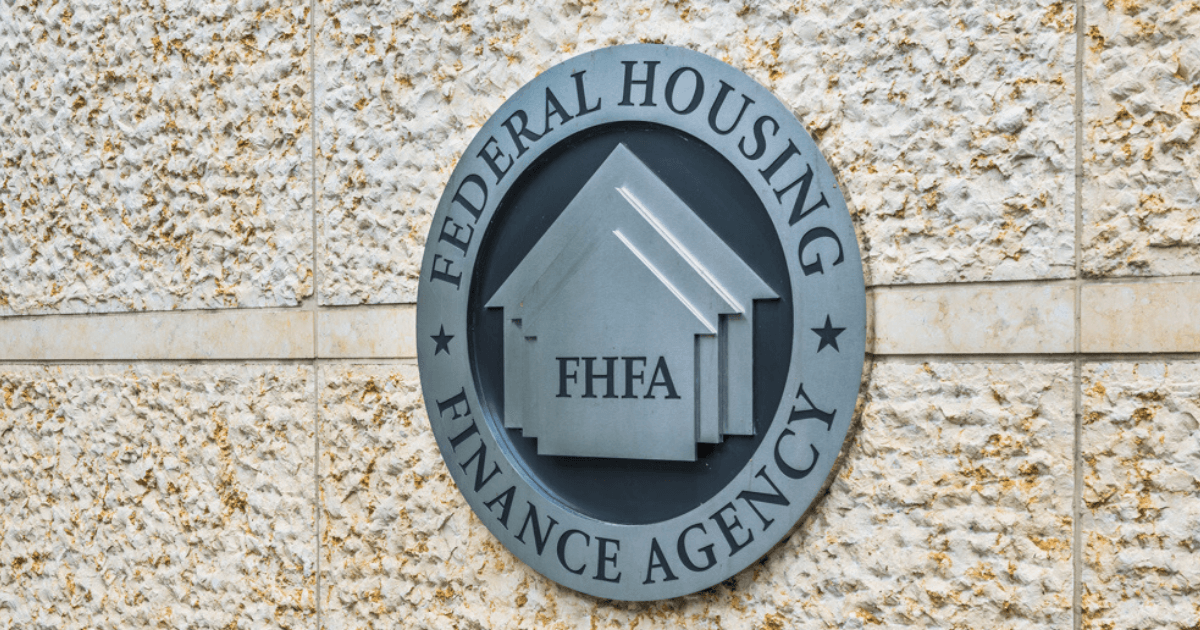
One of the biggest risks today is that we will learn the right lessons from the wrong crisis. During the Great Recession, we saw home prices and home building plummet while homeowner and investor losses exploded. The causes of this crisis were well documented in the report of the Financial Crisis Inquiry Commission, which concluded that it “was the result of human action and inaction, not of Mother Nature or computer models gone haywire.” The report identified five major causes of the crisis:
- “An explosion in risky subprime lending and securitization;
- An unsustainable rise in housing prices;
- Egregious and predatory lending practices;
- Dramatic increases in household mortgage debt; and
- Exponential growth in financial firms’ trading activities, unregulated derivatives, and short-term ‘repo’ lending markets.”
These factors contributed to foreclosures on millions of homeowners and the conservatorship of Fannie Mae and Freddie Mac, which required a taxpayer bailout of over $190 billion (since recovered with interest). Only one of these five root causes exist today: an unsustainable rise in housing prices – and this is not due to artificial but natural factors, namely a once-in-a-century pandemic that shut down the country for a year, slashing supply, increasing material and labor costs and driving up demand.
The Consumer Financial Protection Bureau (CFPB) and Federal Housing Finance Agency (FHFA) have done an admirable job of minimizing foreclosures and enhancing forbearance options. Much has been learned from the experience of the Great Recession. As life and the economy get back to normal, we must pay careful attention to how we support the exit from forbearance of those now ready to resume payment schedules, modify the mortgages of those who have seen a sustained decrease in income and provide a graceful transition from homeownership to affordable renting for those no longer capable of making their mortgage payments.
But CFPB and FHFA policies have also unintentionally contributed to increasing the cost of homeownership by restricting the availability of mortgage credit when it needed to be relaxed. FHFA’s stated intent has been to increase the Enterprises’ capital reserves to prepare them for a release from conservatorship, but the new administration at the CFPB delayed implementation of a Qualified Mortgage rule that represented a carefully negotiated approach agreed to by a diverse set of stakeholders from consumer and civil rights advocates to the nation’s largest financial institutions. The way to prevent people from getting bad mortgages is not to keep them from getting any mortgage at all.
These decisions have had the unintended consequence of denying far too many first-time homebuyers’ access to the lowest interest rates of our lifetime. They have also contributed to the dramatic loss of homes available to first-time homebuyers at the expense of investors of all sizes, who have bid up home prices with cash sales that lock out those buyers who require a mortgage. This is the housing crisis we face today.
In 1946, Mr. Potter’s rent collector in the Frank Capra film It’s a Wonderful Life summed up the risk we face far better than I can: affordable mortgage financing created “dozens of the prettiest little homes you ever saw. Ninety percent owned by suckers who used to pay rent to you! […] Every one of these homes is worth twice what it cost the Building and Loan to build.” Without those mortgages, those homes would have become the slums of Pottertown.
Today, many of our neighborhoods run a similar risk. In the November 2020 issue of Pensions & Investors newspaper, the lead headline said it all: “Single-family home rentals return.” The article reported that “Institutional money managers are revisiting a successful strategy from the last financial crisis, investing in single-family homes to rent. But this time, there’s a twist. Rather than mostly buying homes out of foreclosure, managers are investing in construction of new housing developments in addition to buying individual homes for inclusion in an all-rental portfolio.” This movement is but a fraction of the trend among small investors. As foreclosures increase, we can expect both markets to grow significantly, further inflating home prices and locking out first-time homebuyers, especially among people of color, who disproportionally come from families with no history of homeownership.
My message on behalf of the National Housing Conference is simple and clear: align the resources of the CFPB and FHFA to address the crisis we have now – a falling homeownership rate, rising housing costs and a widening racial homeownership gap.
This week’s Member Note is based on the testimony of David Dworkin before the May 13, 2021 CFPB and FHFA listening session on protecting borrowers during the COVID-19 pandemic.

